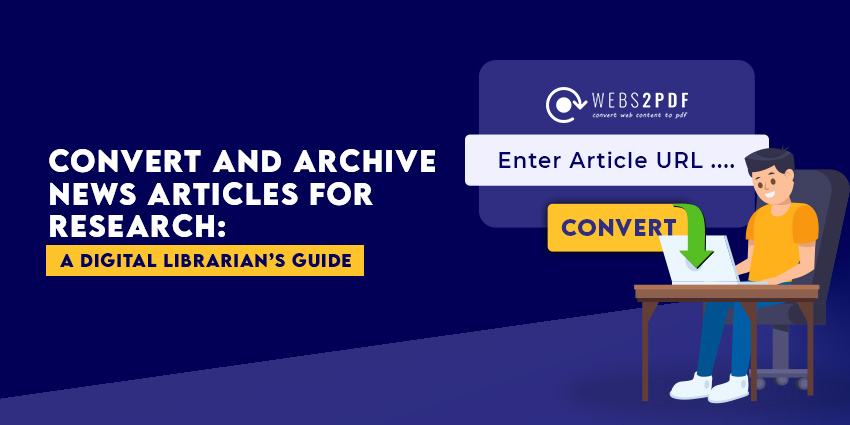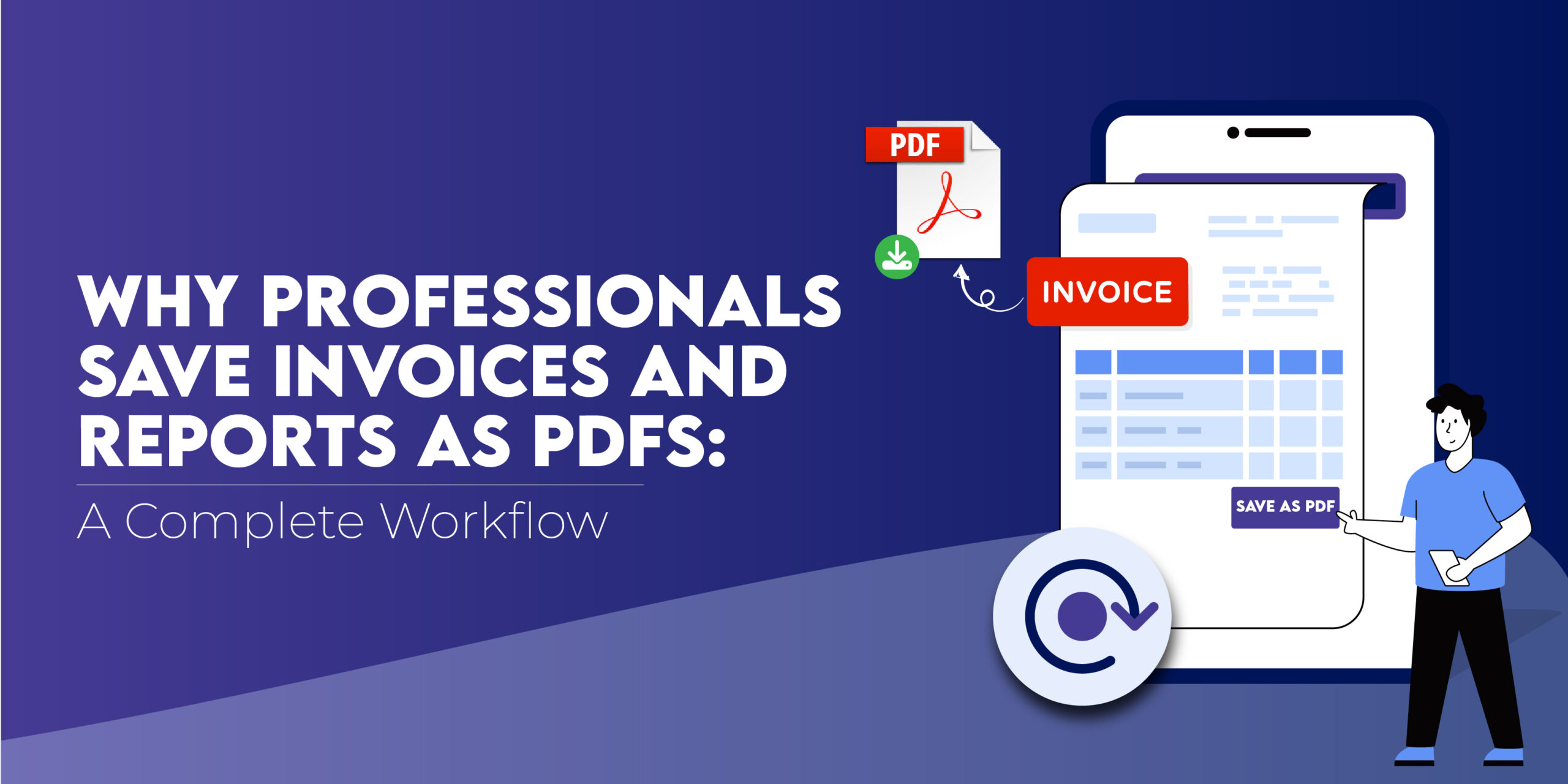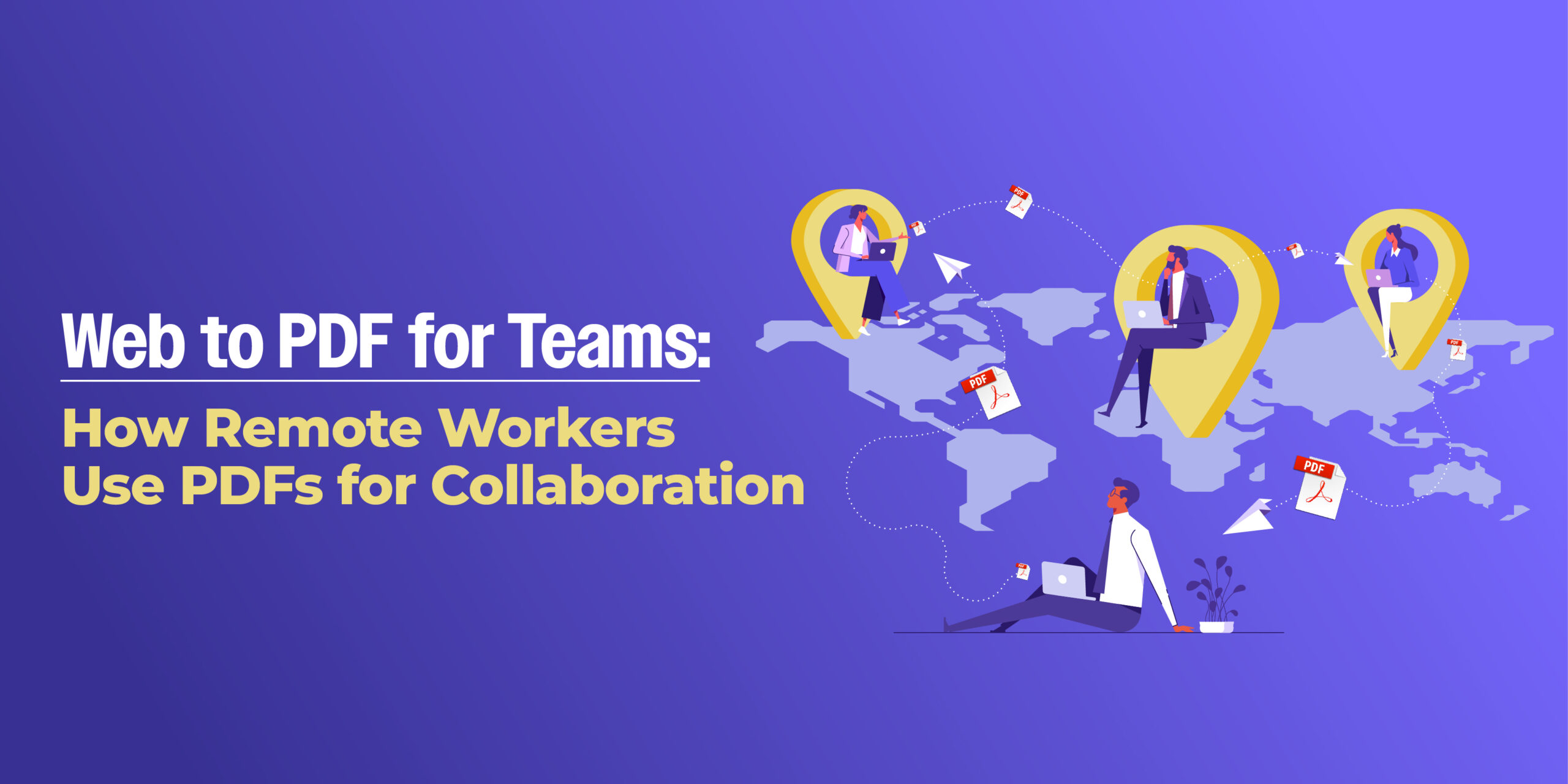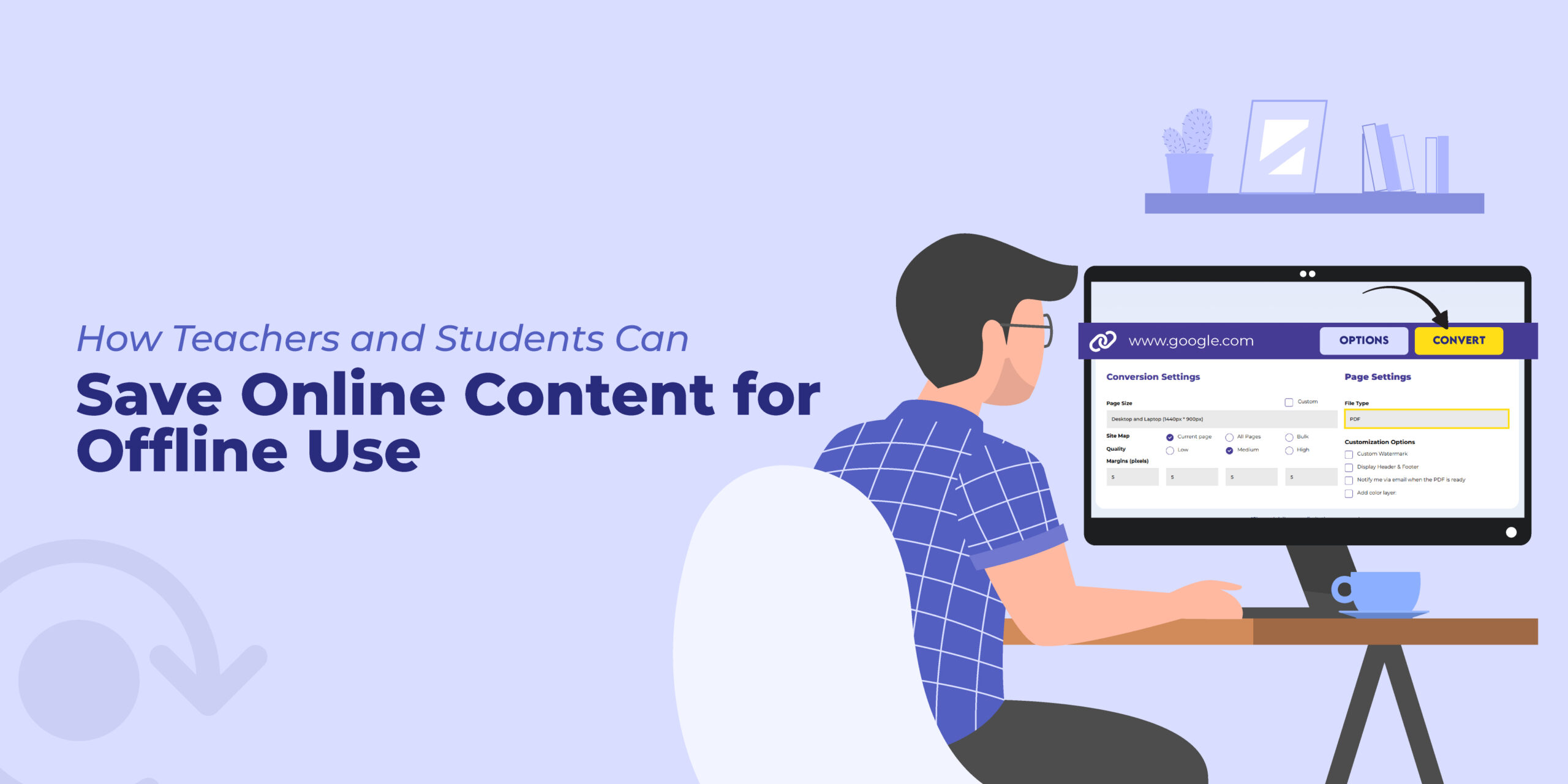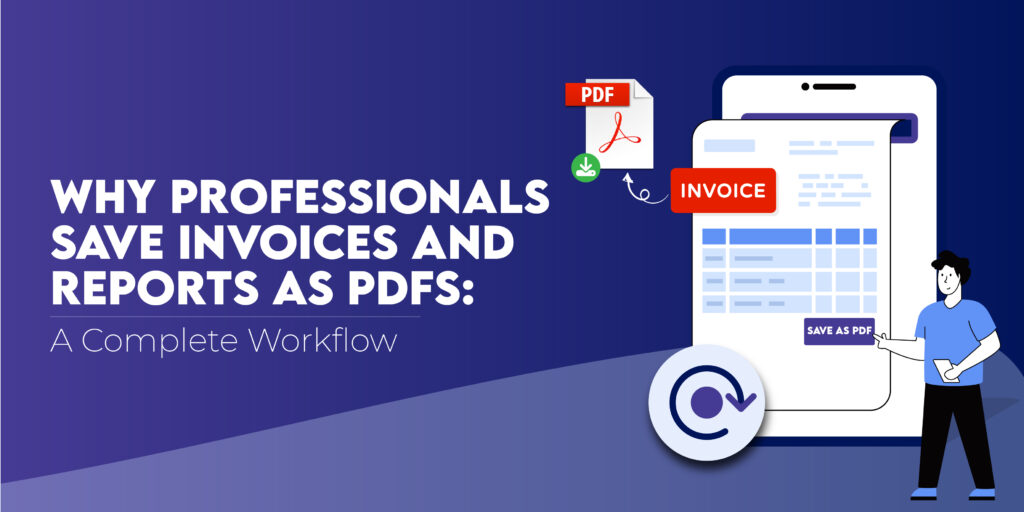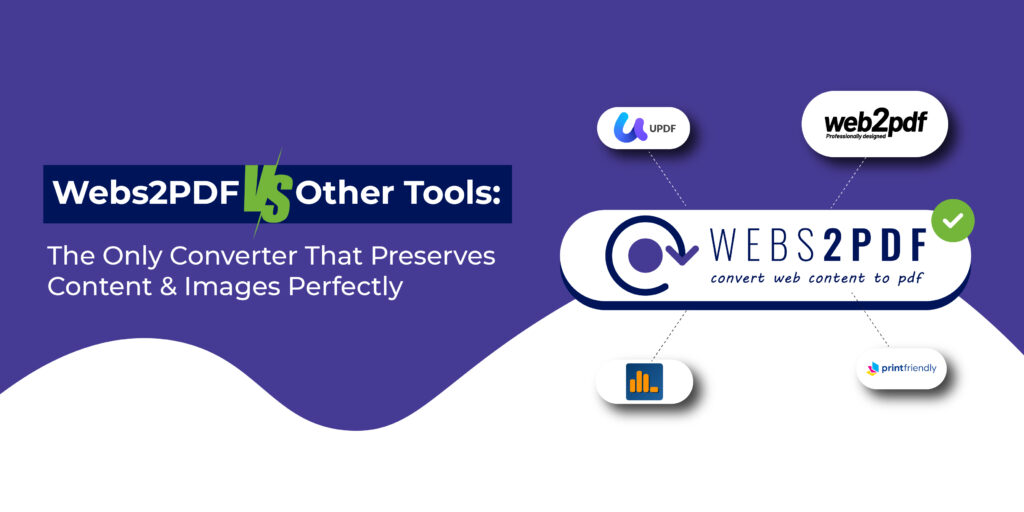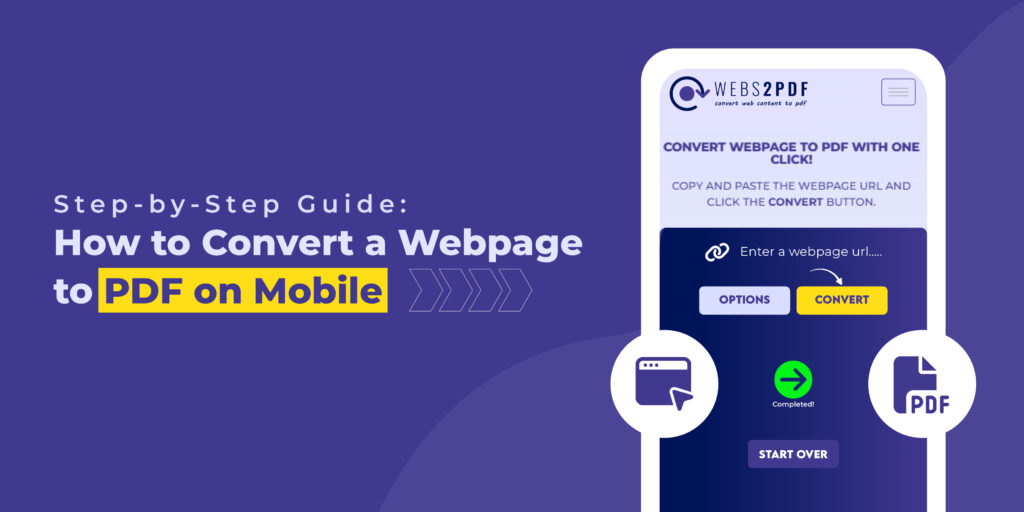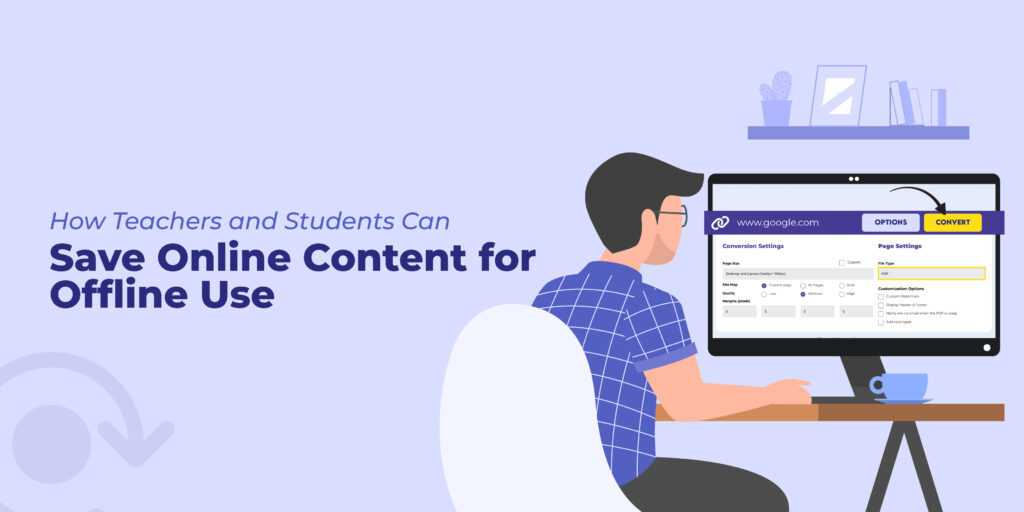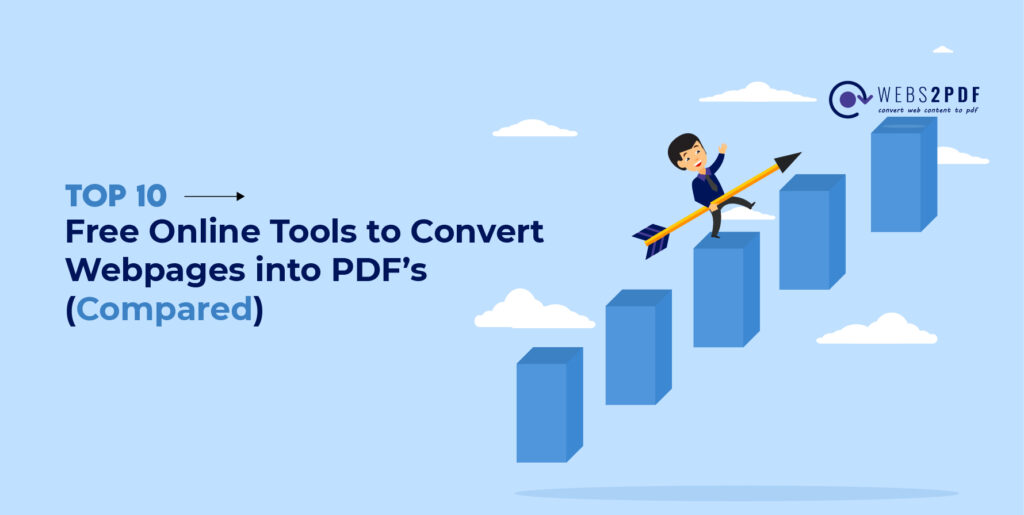In a world where online information changes every second, news articles can disappear or update overnight, leaving researchers, journalists, and students without reliable references.
That’s why digital librarians, researchers, and educators are turning to PDF archiving as a trusted method to preserve articles exactly as they appear online.
In this guide, we’ll explore how to convert and archive web articles for research, why PDFs are the gold standard for digital preservation, and how Webs2PDF makes it effortless.
Why Archiving News Articles Matters
Whether you’re documenting a breaking story, tracking historical coverage, or citing references in a paper, online content is ephemeral.
Articles can:
- Get updated or edited without notice
- Be moved behind paywalls
- Disappear entirely due to website updates
By converting these articles into PDFs, researchers ensure access to permanent, verifiable, and citable records that remain unchanged, even years later.
Why PDFs Are the Perfect Format for Research Archiving
1. Permanent and Uneditable
Once saved, PDFs preserve the exact version of an article, including headlines, timestamps, author names, and embedded media. This helps researchers cite credible, verifiable sources.
2. Works Across All Devices
Whether viewed on a phone, tablet, or desktop, PDFs maintain their layout and readability, making them perfect for academic libraries and digital repositories.
3. Searchable and Organized
Modern PDFs support searchable text, allowing librarians and researchers to locate keywords or names instantly, saving hours of manual browsing.
4. Lightweight and Portable
Unlike web archives or screenshots, PDFs are small in size yet high in fidelity, making them easy to store, share, and back up.
How to Convert News Articles to PDF — Step-by-Step
Archiving articles manually can be tedious, but Webs2PDF streamlines it in seconds.
Here’s the simple process researchers use every day:
Step 1: Find the Article You Need
Open the online article you want to preserve, whether it’s a breaking news story, journal feature, or academic report.
Step 2: Copy the Article URL
Highlight and copy the web address (URL) from your browser’s address bar.
Step 3: Go to Webs2PDF.com
Paste the URL in the input box and click “Convert to PDF.”
Step 4: Download and Save
Within moments, Webs2PDF creates a pixel-perfect PDF that captures the entire page layout, images, ads, and all, exactly as seen online.
Step 5: Organize Your Archive
Store your PDFs by topic, publication, or date. You can also back them up in cloud drives like Google Drive, OneDrive, or Dropbox.
How Researchers and Institutions Use PDF Archives
| Use Case | Description |
| Academic Researchers | Capture online references for dissertations, papers, or literature reviews. |
| Journalists | Preserve evolving stories or deleted pages for investigative work. |
| Librarians | Build digital archives of historical and regional news coverage. |
| Educators | Save relevant articles for class readings or academic resources. |
| Policy Analysts | Document public statements, press releases, and data sources. |
Why Use Webs2PDF for Archiving
Webs2PDF isn’t just a converter; it’s a reliable research preservation tool.
- Authentic Rendering: Captures every element exactly as displayed online.
- One-Click Conversion: No installation or sign-up needed.
- Secure Downloads: No content stored on servers.
- Long-Scroll Option: Archive complete articles without page breaks.
- Batch Conversion (Pro Plan): Save multiple URLs for larger research projects.
Whether you’re maintaining a personal research library or building institutional archives, Webs2PDF ensures accuracy, permanence, and peace of mind.
Best Practices for Article Archiving
- Save Source Info: Include the publication name and date in your filename.
- Use Consistent Folders: Organize by publication or topic for easy retrieval.
- Add Metadata: Record author names or article tags in a reference file.
- Back Up Regularly: Store copies on both local and cloud drives.
- Use Version Control: For ongoing stories, label each PDF with a version date.
Quick Comparison: Archiving Methods
| Method | Pros | Cons |
| Screenshot | Fast and simple | Not searchable; limited quality |
| Web Archive (.html) | Interactive elements preserved | Can break with time; large file size |
| PDF via Webs2PDF | Replica, searchable, permanent | None for research use |
Example: Academic Workflow in Action
A university researcher studying climate policy collects 100+ online articles from various news outlets.
Using Webs2PDF’s Professional Plan, they batch-convert all URLs into searchable PDFs, store them in Drive, and reference them later for analysis.
No lost links. No missing data. Just clean, accessible archives.
Preserve Knowledge: Start Archiving Today
Don’t lose valuable research material to disappearing web pages. With Webs2PDF.com, you can convert and archive any online article in seconds, ensuring your research stays reliable, organized, and accessible.
Try Webs2PDF now, and make your research archives future-proof.
Frequently Asked Questions (FAQs)
Q1. Why not just bookmark news articles instead of saving them as PDFs?
Bookmarks don’t preserve article content; if a page changes or is deleted, you lose access. PDFs give you a permanent offline copy.
Q2. Are PDFs searchable for research keywords?
Yes. Webs2PDF creates fully searchable PDFs, allowing you to locate names, phrases, and data instantly.
Q3. Can I archive multiple URLs at once?
Yes. The Professional and Corporate Plans support batch conversion, ideal for researchers managing large archives.
